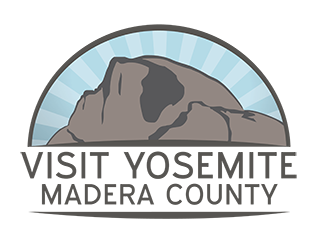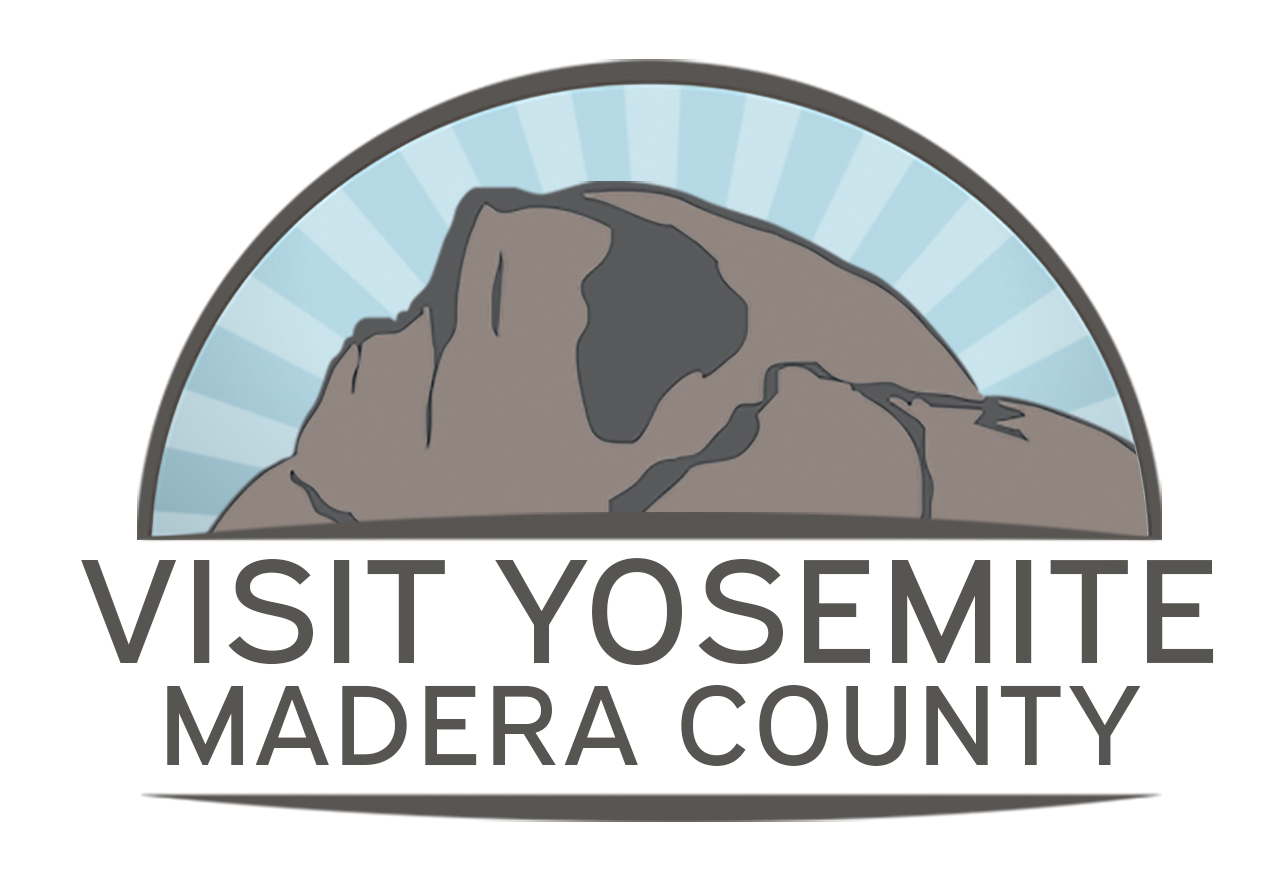Visit Yosemite | Madera County – Frequently Asked Questions
Planning your trip to Yosemite National Park, Bass Lake, or the charming southern gateway communities of Madera County? You’re in the right place! This FAQ has quick answers and insider tips to help you plan your visit. From park entrances and camping information to shuttles, guided hikes, road conditions, and nearby attractions, we’ve got everything you need to make your Yosemite adventure safe and enjoyable.
Quick Answers to the Most-Asked Questions
Do I need a reservation for Yosemite in 2025?
- Great news! No reservations are required to enter Yosemite National Park for the remainder of 2025.
Looking ahead, the National Park Service is expected to announce potential reservation requirements later this year for:Horsetail Fall (Firefall) viewing in February 2026
Peak summer visitation in 2026
- As soon as official details are released, we’ll share updates here to help you plan ahead.
Is the reservation by car or by person?
Reservations are per vehicle, not per person. One reservation covers everyone inside the car.
How much does it cost to enter Yosemite?
Private Vehicle (7-day pass): $35
Individual (walk-in/bike): $20
Yosemite Annual Pass: $70
America the Beautiful Pass: $80 (covers all U.S. National Parks)
Where should I stay near Yosemite?
Best lodging options near Yosemite’s South Entrance:
Oakhurst — hotels, restaurants, and visitor center
Bass Lake — resorts, lakeside cabins, and campgrounds
Fish Camp — closest to Mariposa Grove
Inside Yosemite Valley — limited availability, book early!
Can I camp at Bass Lake? (This is our Visitor Center Top Call)
Yes! Bass Lake offers several campgrounds with options for tents, RVs, and lakeside stays:
Recreation Point Campground (family-friendly, group sites)
Lupine & Cedar Bluff Campgrounds (near the lake, great for tents)
Wishon Point Campground (quiet, shaded sites)
Spring Cove Campground (close to boat launches)
Forks Campground (near restaurants and boat rentals)
Pro Tip:
Campgrounds book up fast in summer — reserve early at Recreation.gov
Many campsites are within walking distance to the water
RV camping is available at some locations
Can I go boating at Bass Lake?
Absolutely! Bass Lake offers:
Pontoon boats, speed boats, canoes, kayaks, and jet skis are available to rent from Miller’s Landing, The Pines Marina & The Forks Resort
Don't miss lakeside dining and family-friendly beaches, too
Where can I ride a train near Yosemite?
The Yosemite Mountain Sugar Pine Railroad offers steam train rides through the Sierra forest.
Open spring through fall
Daytime rides, moonlight specials, and gold panning
Book tickets early during peak season
What are the best hikes in Yosemite?
Mist Trail → Vernal & Nevada Falls (moderate)
Glacier Point Trail → panoramic views (easy/moderate)
Mariposa Grove Trails → Giant Sequoias (easy to moderate)
Explore More Yosemite Hiking Trails →
Are there guided hikes in Yosemite?
Yes, ranger-led hikes are offered seasonally through the Yosemite Conservancy.
Additionally:
Naturalist Hikes via Yosemite Hospitality
Guided hiking & biking tours from Pedal Forward Bikes & Adventures in Yosemite and the Sierra National Forest
Pro Tip: Book early; spots often sell out during peak season.
Is there a shuttle inside Yosemite?
Yes! The Yosemite Valley Shuttle is free with park entry.
Hours: 7 am – 10 pm
Stops: Yosemite Village, Curry Village, Yosemite Lodge, trailheads
What is the Grizzly Giant?
The Grizzly Giant in Mariposa Grove is one of the world's largest and oldest Giant Sequoia Trees — estimated at 3,000 years old and 209 feet tall.
How long does Yosemite National Park stay open?
Yosemite National Park is open 24 hours a day, 365 days a year. However, entrance stations are not staffed around the clock.
If you arrive when a station is unstaffed, you can pay your entrance fee on the way out.
Seasonal road closures can occur due to snow, especially on Tioga Road and Glacier Point Road.
Road Conditions & Travel Info:
Yosemite National Park Road Conditions: Call (209) 372‑0200 (press 1 for recorded updates)
California Highway Conditions: Call (800) 427‑7623 or visit Caltrans QuickMap
Check Seasonal Road and Trail Updates →
What are the best attractions and day trips near Yosemite?
Bass Lake — boating, fishing & lakeside dining
Madera Wine Trail — award-winning wineries
Fossil Discovery Center — Ice Age fossils
Golden Chain Theatre — live performances
Sierra Vista Scenic Byway — one of California’s best drives
Looking for more details? Below you’ll find answers to the most common visitor questions about Yosemite National Park, Bass Lake, and the surrounding southern gateway. These expandable sections cover everything from camping and hiking to shuttle schedules, chain restrictions, and nearby attractions — so you can plan your trip with confidence.
Planning Your Visit
Do I need reservations to enter Yosemite in 2025?
How do I make Yosemite reservations?
Do I need a permit for Half Dome or backcountry camping?
Do I need a separate reservations for Mariposa Grove?
When does Yosemite National Park open/close?
Transportation & Shuttles
How do I get to the Visit Yosemite | Madera County Visitor Center in Oakhurst?
Can I drive into Yosemite Valley?
Is there a shuttle inside Yosemite?
What is YARTS, and should I use it?
When do I need tire chains?
Is GPS a good way to get directions in the area?
Lodging & Camping
Where should I stay when visiting Yosemite?
Can I camp in Yosemite?
Can I camp at Bass Lake?
Where should I stay when visiting Sequoia & Kings Canyon National Parks?
Wildlife & Safety
Will I see a bear or other wildlife in Yosemite?
Are pets allowed in Yosemite?
When are Yosemite’s wildflowers at their best?
Can I take natural souvenirs home?
How cold does it get in Yosemite?
Activities & Recreation
Where can I find a good place to fish?
Are there guided hikes in Yosemite?
What are the best hiking trails in Yosemite?
When are Yosemite’s waterfalls at their best?
Where can I rent boats near Yosemite?
Where can I go gold panning?
Where can I ride a train near Yosemite?
History & Fun Facts
Where is the famous Wawona Tunnel Tree?
Fun Fact: Yosemite’s Starry Skies
What makes Bass Lake special?
Why is Oakhurst called the Carved Bear Capital of the World™?
What is the symbolic “Palm and Pine” landmark on Highway 99?
What’s the highest waterfall in Yosemite?
What does the word “Yosemite” mean?
How old are the Giant Sequoias in Mariposa Grove?
Still have questions or need personalized travel advice? Our friendly team at the Visit Yosemite | Madera County Visitor Center is here to help!
Call us: 559‑683‑4636
Email us: info@yosemitethisyear.com
Whether you’re planning your first visit or your fifth, we’ll share insider tips, current conditions, and the best ways to explore Yosemite and Madera County. Your adventure starts with us!







